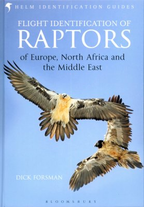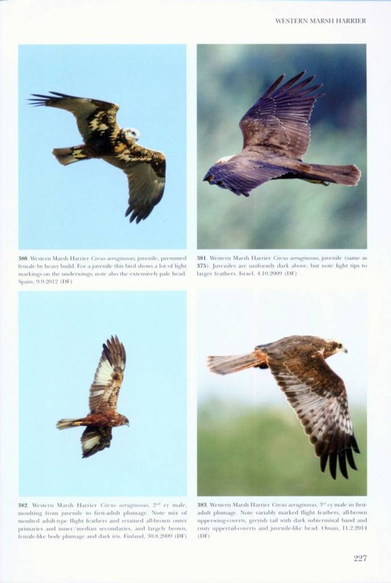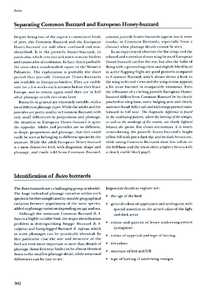
As the preface of this book makes clear this new guide is intended as a “more user friendly edition” of Dirk Foresman's earlier ground breaking work “The Raptors of Europe and the Middle East: A Handbook of Field Identification” with a “clear focus on flight identification”. Accordingly, this book lacks the detailed notes on identification of non-flying birds although for the most part, particularly observers migration watch-points like the Strait of Gibraltar birds this omission is no great drawback. After two useful opening chapters on “Hawk-watching in and around Europe” (by Keith L Bildstein & Anna Sandor) and migration ecology of raptors (by Ian Newton) there are almost 500 pages devoted entirely to identification of raptors in flight all illustrated by some glorious photos.
 This is the only guide to cover the tricky all dark adult male plumage of Marsh Harrier.
This is the only guide to cover the tricky all dark adult male plumage of Marsh Harrier.  Eleonora's Falcon
Eleonora's Falcon 

 Common Buzzards
Common Buzzards 
 RSS Feed
RSS Feed
